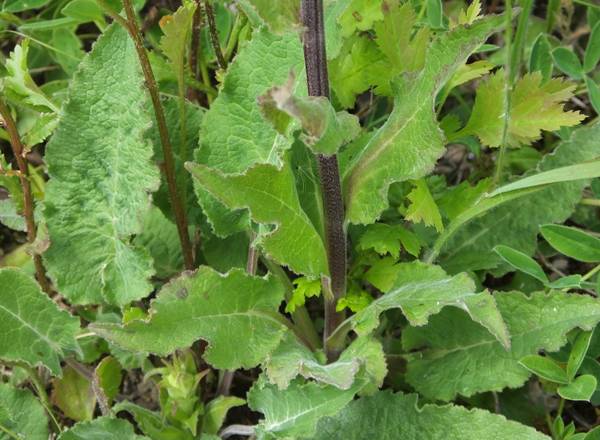Campanula glomerata - Clustered Bellflower
Phylum: Magnoliophyta - Class: Equisetopsida - Order: Asterales - Family: Campanulaceae

Description
This bellflower usually grows to a height of 30 to 50cm (occasionally to 75cm or more), and poduces clusters of stemless bell-shaped bluish-purple flowers. The inflorescence can comprise up to 20 individual flowers, each 2 to 3cm across and having five pointed petals.

The stems are dark red and covered in fine hairs,The basal leaves form a rosette on the ground, and smaller lanceolate leaves are borne alternately up the stems.

Habitat
Campanula glomerata grows in rather dry conditions on limestone and chalk grassland habitats; occasionally this bellflower can also be seen coastal cliffs.

Distribution
In southern Britain, the availabiliuty of dry alkaline grassland largely determines the distribution of Clustered Bellflower, which is most commonly seen on the chalk downlands of southern England and limestone habitats in central and northern parts of eastern England. In Wales and in southern Scotland this is a rare sight and mainly a coastal wildflower, while it is absent from the far north and west of Scotland.
On mainland Europe and Asia, Clustered Bellflower is widely distributed and fairly common except for the extreme northern countries.
Flowering times
Clustered Bellflower produces neat columns of flowers from June through to September. The specimens shown on this page were seen in Yorkshire in late June.